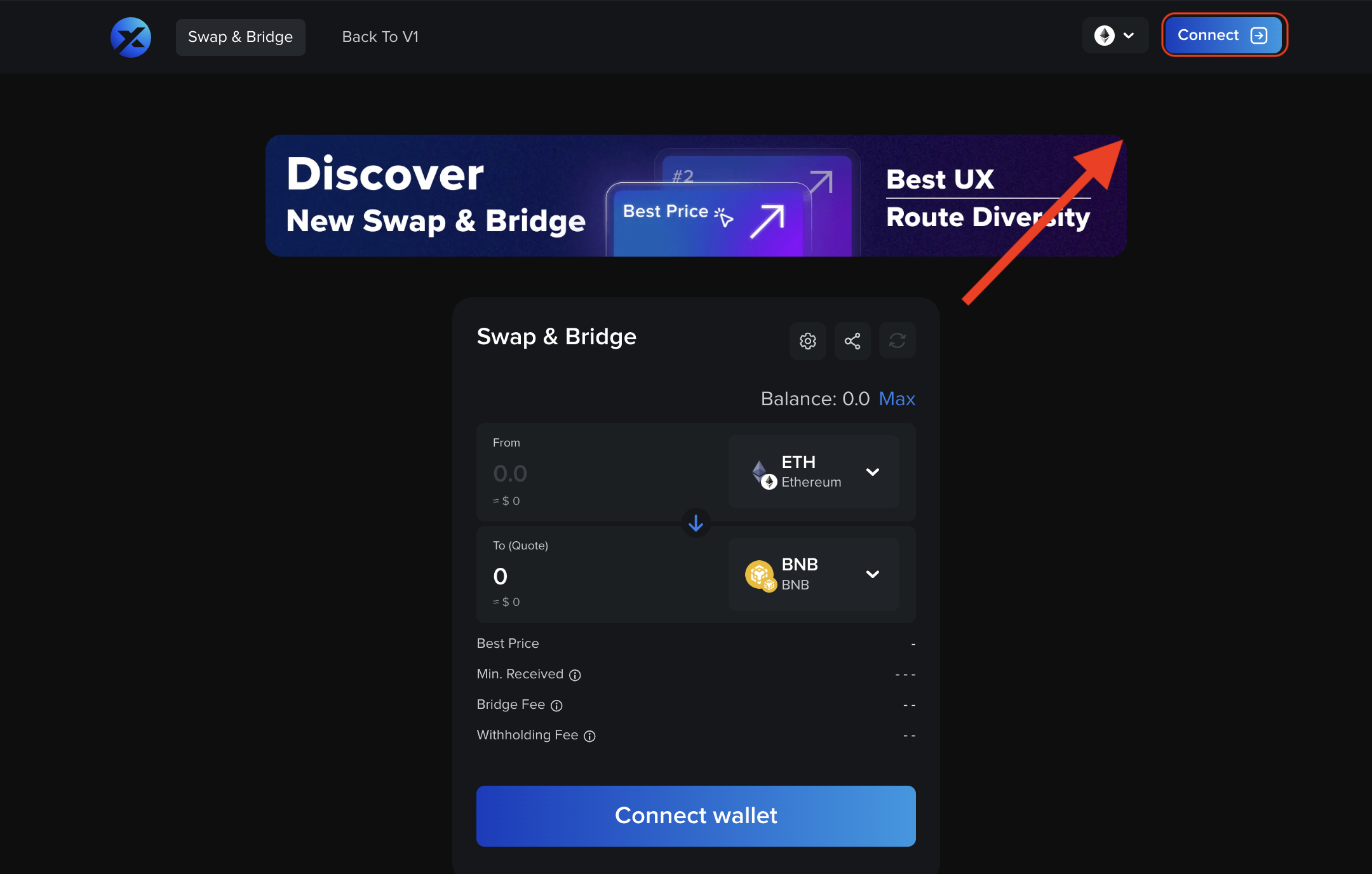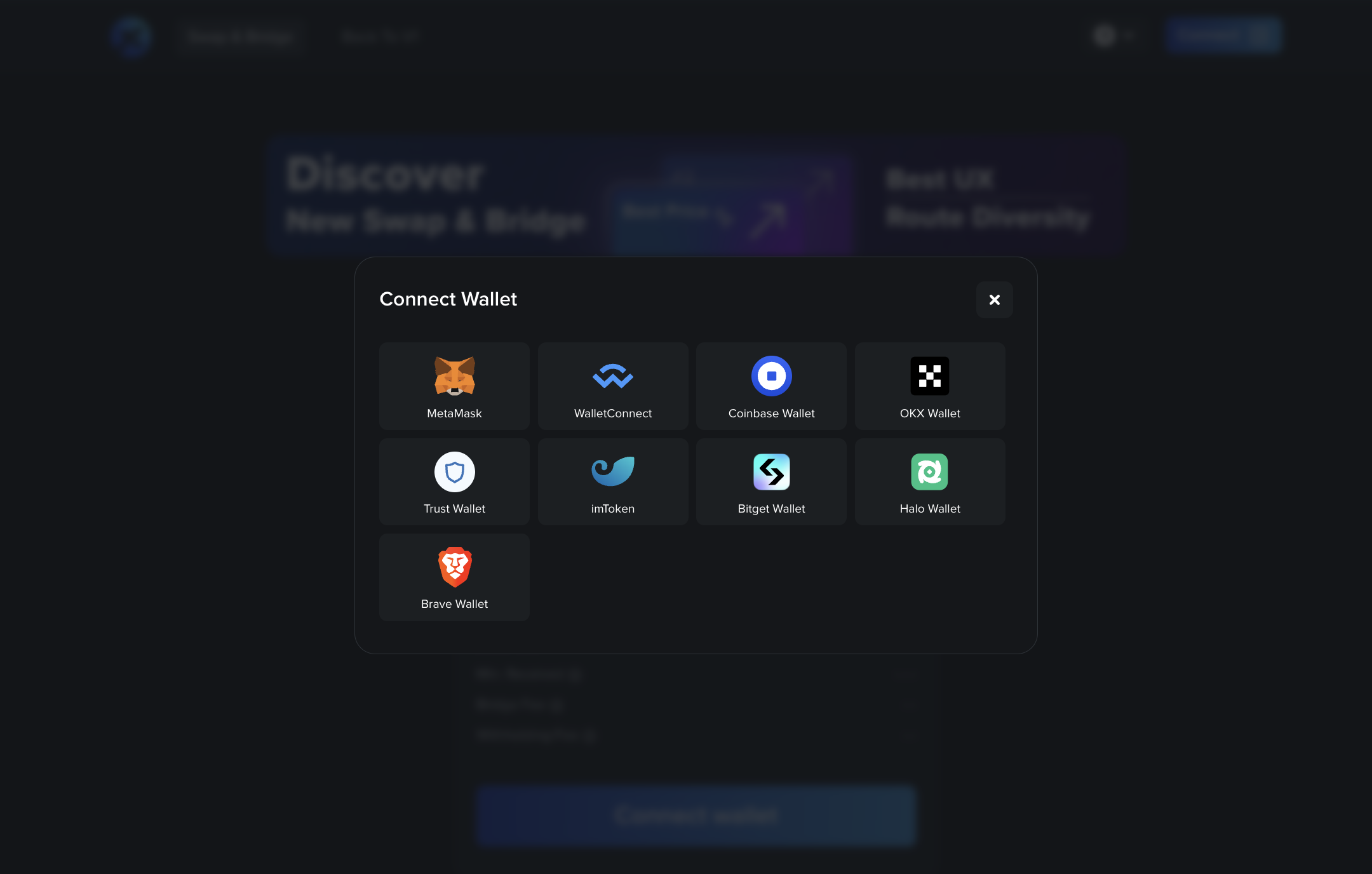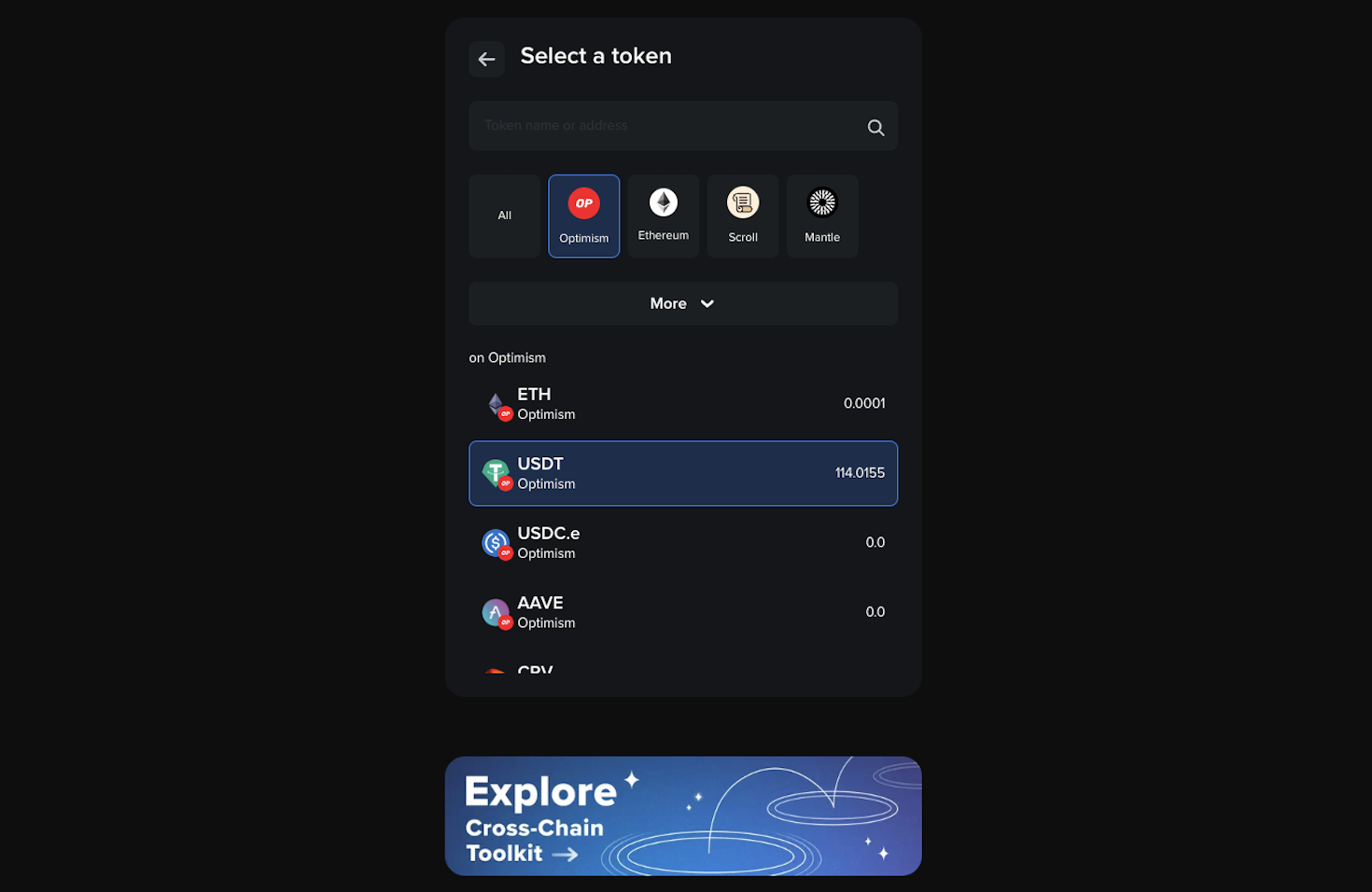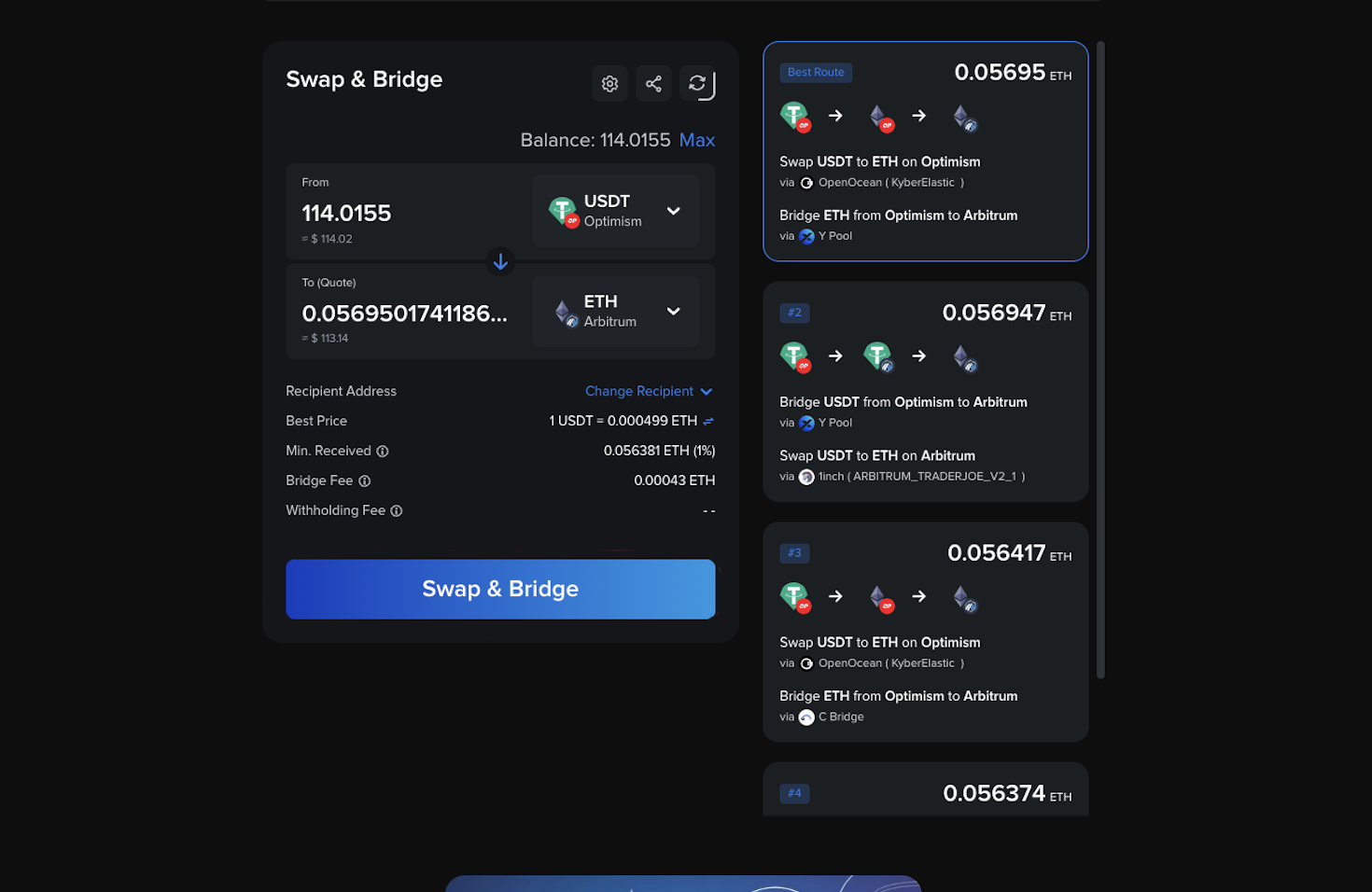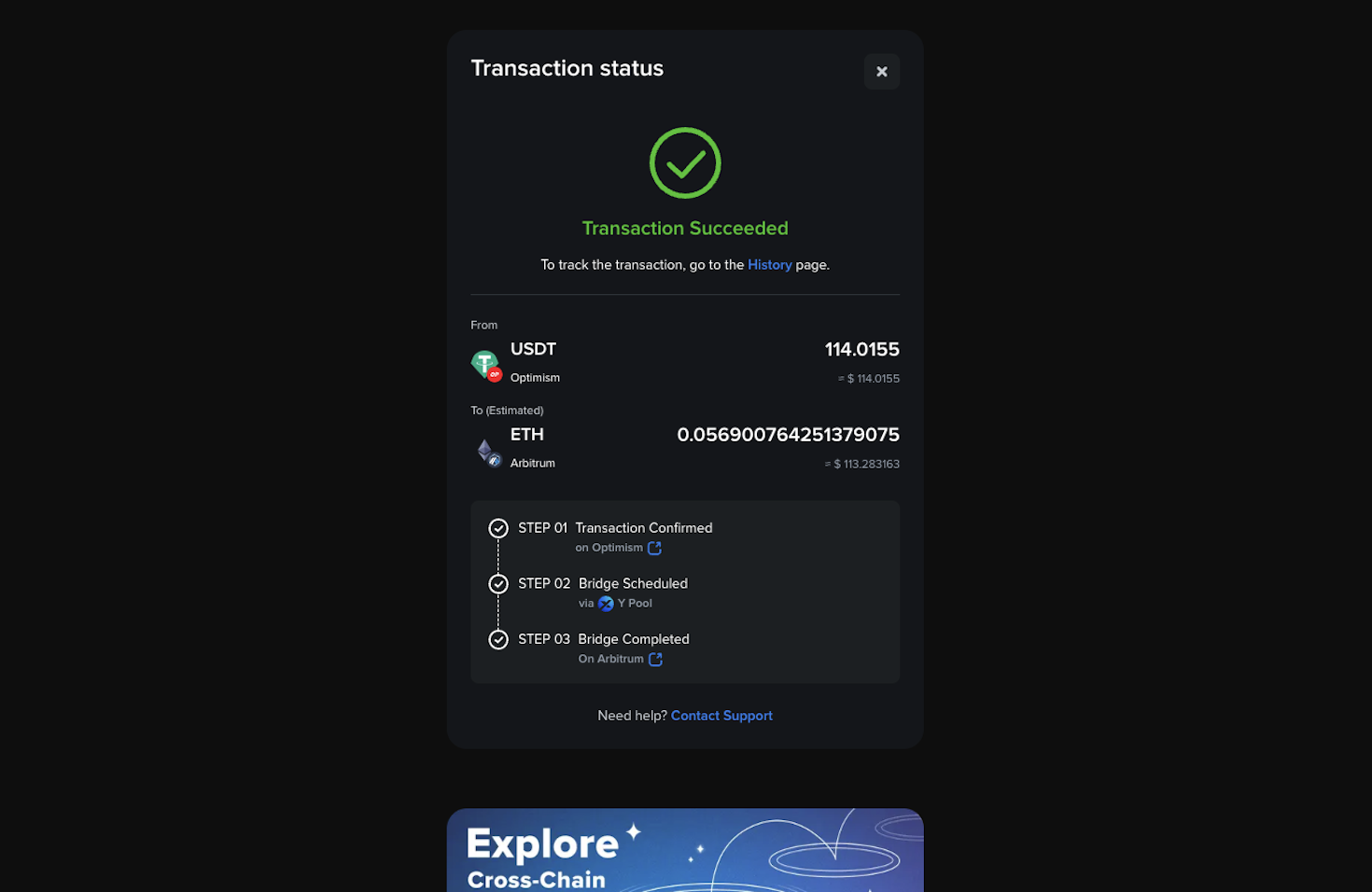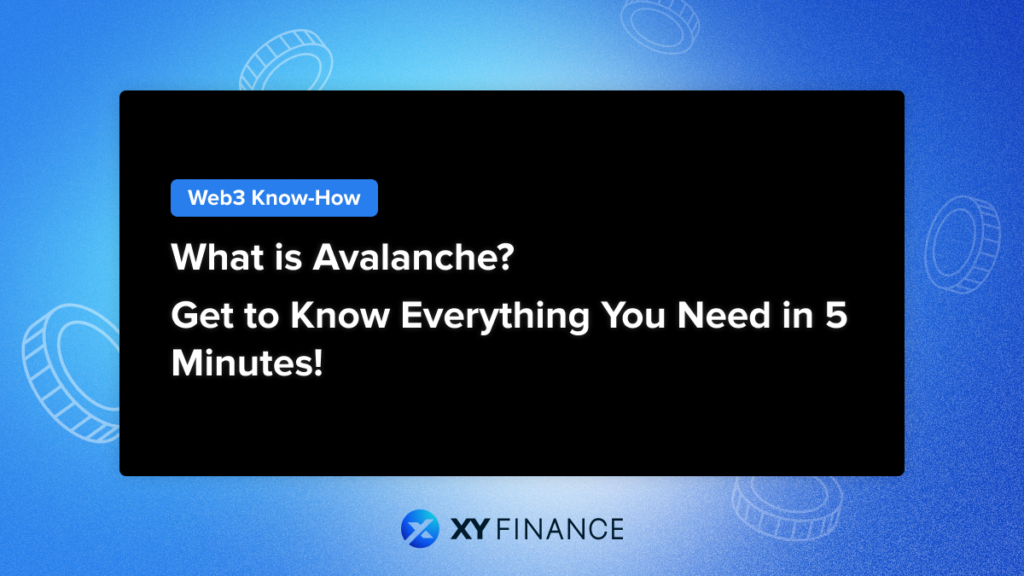
Thinking of exploring Avalanche? Read on for everything you need to know about its consensus, ecosystem, pros and cons, and more!
What is Avalanche?
Avalanche is a high-performance, scalable Layer 1 blockchain platform designed to support decentralized applications (dApps) and custom blockchain networks. Launched by Ava Labs in September 2020, Avalanche was created to address the limitations of previous blockchain platforms, including scalability, decentralization, and security.
How Does Avalanche Work?
Avalanche operates using a unique consensus mechanism called Avalanche consensus, which is designed to combine the benefits of classical consensus protocols and Nakamoto consensus. Here’s a brief overview of how it works:
- Avalanche Consensus Protocol: This protocol allows for rapid and scalable consensus through repeated random subsampling and voting. It ensures high throughput, low latency, and robust security.
- Subnets: Avalanche supports the creation of subnets, which are customizable blockchain networks that operate under the Avalanche main network. These subnets can be tailored for specific use cases, providing flexibility for developers.
- Three Built-In Blockchains:
- X-Chain (Exchange Chain): Used for creating and exchanging assets.
- C-Chain (Contract Chain): Supports smart contracts and is compatible with the Ethereum Virtual Machine (EVM).
- P-Chain (Platform Chain): Manages network validators and custom subnets.
With its robust infrastructure and innovative approach, Avalanche aims to deliver a high-performance, scalable, and secure platform for the next generation of decentralized applications and blockchain networks
Avalanche’s Pros and Cons
Let’s take a deeper dive into some of the advantages and disadvantages of Avalanche.
Pros of Avalanche
- High Performance: Avalanche boasts high throughput, capable of processing thousands of transactions per second (TPS), significantly more than many other blockchains.
- Scalability: Its unique consensus mechanism and support for subnets allow for horizontal scaling, making it highly scalable.
- Low Latency: Transactions achieve finality within a few seconds, providing quick confirmation times.
- EVM Compatibility: Full compatibility with the Ethereum Virtual Machine (EVM) allows developers to easily port Ethereum dApps.
- Customizability: Subnets provide flexibility for creating tailored blockchain environments.
- Security: The Avalanche consensus protocol offers robust security and resilience against attacks.
Cons of Avalanche
- Complexity: The multi-chain architecture and subnet system can be complex for new developers to understand and implement.
- Adoption: Despite its capabilities, it still faces competition from more established platforms like Ethereum, which has a larger developer and user base.
- Centralization Concerns: Some critics argue that the initial distribution of AVAX tokens and control by Ava Labs may raise centralization issues.
Avalanche’s strengths lie in its performance, scalability, and flexibility, while its main challenges include complexity and market competition.
Comparative Analysis of L1 Blockchains: Avalanche vs. Others
After understanding Avalanche, let’s examine its strengths and weaknesses from a data perspective relative to other popular Layer 1 chains.
| Blockchain | Transaction Speed | TVL | Active Addresses | ||||
| Ethereum | 15–20 TPS | $63.256 b | 365,162 | ||||
| Tron | 2000 TPS | $9.117 b | 2.18 m | ||||
| BSC | 10,000 TPS | $5.606 b | 1.02 m | ||||
| Solana | 2000–3000 TPS | $4.95 b | 712,801 | ||||
| Avalanche | 4500 TPS | $1.008 b | 37,759 |
Strengths:
- Transaction Speed: Avalanche has a high transaction speed of 4500 TPS, significantly faster than Ethereum and on par with other leading blockchains like Solana and Tron.
- Scalability: Its ability to handle a large number of transactions per second makes it scalable for high-demand applications.
Weaknesses:
- Total Value Locked (TVL): Avalanche has a relatively low TVL of $1.008 billion compared to competitors like Ethereum, Tron, and BSC, indicating less capital locked in its ecosystem.
- Active Addresses: With only 37,759 active addresses, Avalanche has a smaller user base compared to other blockchains, suggesting lower adoption and usage.
Overall, Avalanche excels in transaction speed and scalability but needs to improve its TVL and user adoption to better compete with other leading blockchains.
Ecosystem on Avalanche
No matter what floats your boat—DeFi, NFTs, GameFi, or anything else—there’s probably a dApp in the Avalanche ecosystem that will pique your interest.
Here are a few highlights from the ecosystem.
DEX – Trader Joe
Trader Joe is the biggest DEX on the Avalanche. It offers a comprehensive suite of DeFi services, including swapping, lending, staking, and yield farming. Trader Joe aims to provide a seamless and efficient trading experience for users by leveraging Avalanche’s high throughput and low latency.
Lending – AAVE
AAVE V3 is the latest iteration of the AAVE protocol, a DeFi platform renowned for pioneering liquidity pool lending services. This version introduces several enhancements aimed at improving user experience, security, and efficiency.
Derivatives – GMX
GMX is a decentralized spot and perpetual exchange that allows users to trade BTC, ETH, and other popular tokens with up to 50x leverage. It is built on the Arbitrum and Avalanche, and uses a unique liquidity pool design that provides low slippage and zero price impact trades.
Leveraged Farming – DeltaPrime
DeltaPrime is a decentralized borrowing and investing platform where users can lend out or invest with borrowed funds across the most popular protocols on Avalanche and Arbitrum, with a minimum collateral ratio of 20%.
Tool – AVVY
Avvy Domains is a decentralized naming service catering to the Avalanche network ecosystem. Users can choose their .avax domain and start using it to simplify their Avalanche journey!
Liquid Staking – GoGoPool
GoGoPool uses liquid staking to lower the Avalanche minimum staking requirement to launch a node and become a validator. Reward cycles occur every 15 days and yield is generated for liquid stakers and node operators.
To discover more about the rapidly growing ecosystem, make your way to the Avalanche ecosystem and start exploring today!
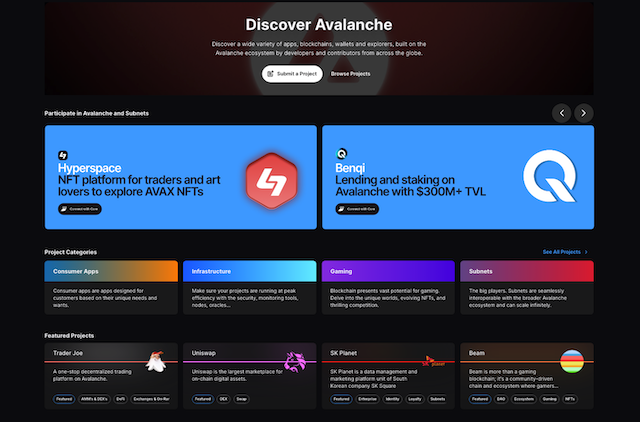
How to Bridge to Avalanche?
XY Finance is a cross-chain bridge aggregator that operates on 20 EVM chains, including Avalanche, Ethereum, Linea, zkSync, and more. XY Finance boasts a user-focused approach that makes transferring tokens between different chains a lot easier and much more efficient. This provides users with the best options at the most affordable prices too.
Don’t waste your time! You can now bridge tokens to Avalanche with this simple guide:
- Visit XY Finance and connect your Wallet.
- Select the network you want to transfer tokens from (Ethereum, Polygon, Arbitrum, Avalanche, Optimism + 15 others).
- Select the token you want to bridge from your network to Optimism and input the amount.
- Review and confirm the transaction. Your tokens will arrive in under 5 minutes.
(Encountering any problems while bridging? Check out our comprehensive tutorial.)
You’re all prepared! Hit the button and begin your exploration of the Avalanche universe!
About XY Finance
XY Finance is a cross-chain interoperability protocol aggregating DEXs & Bridges. With the ultimate routing across multi-chains, borderless and seamless swapping is just one click away.
XY Finance Official Channels
XY Finance | Discord | Twitter | Telegram | Documents | Partnership Form

